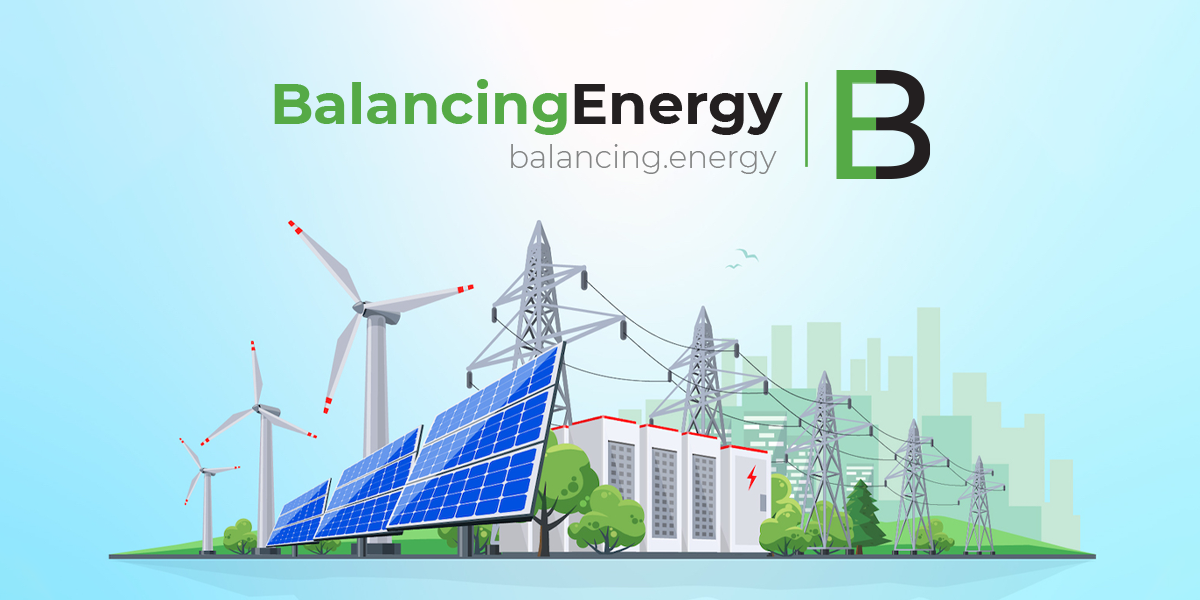This year, Croatia has halted its declining hydrocarbon production trend. While INA previously supplied 30% of domestic demand five years ago, this has now dropped to 24%, equating to 1.7 million cubic meters per day. However, confirmed reserves indicate that onshore and Adriatic production could potentially double, necessitating investments of around $200 million in the Adriatic and $120 million in the Pannonian region.
Josip Bubnic from INA highlighted the existing potential but noted the lengthy permitting process, which currently takes about seven years from start to trial exploitation. He advocates for a more transparent and predictable permitting framework, suggesting that with streamlined processes, production could increase by 35% within five years, enhancing energy independence and generating higher royalties, fees and jobs.
Additionally, Vermillion Energy has made four commercial discoveries in the Sava 7 block, while Aspect Croatia has two in the Sava 6 block, with gas from these fields expected to be processed at INA’s facilities. Marko Blazevic from HEP Trgovina reported a 14.8% reduction in gas consumption this year, with no indicators suggesting a rise. The EU is consuming a quarter less gas compared to 2019-2021, raising concerns about future demand.
The Okoli gas storage facility is currently 91% full, and the gas infrastructure is prepared for the heating season, with a mild winter expected. Gas supplies from Ukraine will cease on January 1, 2025, but this is not anticipated to significantly impact supply security, as maritime routes remain well supplied, including the TurkStream pipeline.
Ivana Pek Lucic from the PPD Management Board projected that gas storage levels in Europe will remain at 59% by the end of March, primarily sourced from LNG and Norway. She warned that a complete halt in Russian supply, coupled with reduced LNG inflows, could lead storage levels to drop to as low as 11%. Despite anticipated oversupply in the market, delays in new projects and supply disruptions have kept the situation tight, with Europe competing with Asia for better prices.
On the infrastructure front, Ivan Fugas from LNG Hrvatska noted that the terminal currently supplies 71% of gas, while interconnections have decreased to 2.7%. The terminal received 4.15 million cubic meters of LNG, with 64% sourced from the U.S. The installation of a new regasification module is on track to increase capacity to 6.1 billion cubic meters annually by late 2026.
Additionally, Plinacro’s investment cycle, valued at €533 million, is progressing, with the main pipeline from Zlobin to Bosiljevo under construction and expected to be commissioned by mid-2025. Once completed, gas export capacity to Slovenia will rise from 0.26 billion cubic meters to 1.5 billion, and to Hungary from 1.7 billion to 3.5 billion cubic meters.










